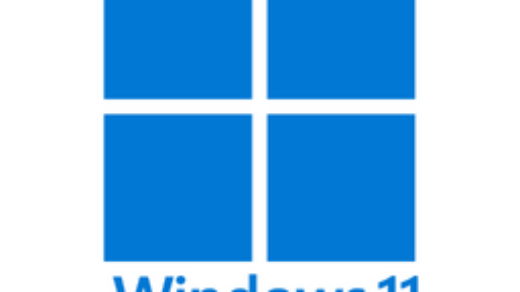Indeed, You will find best description for “what is Microsoft Intune?” in this article. In fact, Microsoft Intune is a cloud-based service that falls under the category of mobile device management (MDM) and mobile application management (MAM). It is part of Microsoft’s suite of Microsoft Enterprise Mobility & Security (EMS) tools, designed to help organizations manage and secure their devices, applications, and data in a unified manner. Therefore, As a powerful Mobile Device Management (MDM) and Mobile Application Management (MAM) solution, Intune enables businesses to embrace the modern workplace and effectively address the challenges associated with managing a diverse range of devices and platforms.
What is Microsoft Intune?
Intune allows administrators to manage a wide range of devices, including smartphones, tablets, laptops, and desktop computers, across various operating systems such as Windows, iOS, Android, and macOS. With Intune, IT teams can enforce security policies, configure device settings, deploy and manage applications and protect corporate data on both company-owned (corporate) and bring-your-own-device (BYOD) scenarios (personal). Further, You can use Microsoft Intune to perform device inventory and reporting from a single web-based interface.
1. Mobile Device Management (MDM)
Microsoft Intune provides robust mobile device management (MDM) capabilities. You can manage and control mobile devices in your corporate environment. For instance, With Intune’s MDM features, administrators can enroll devices, configure device settings & policies (group policies for Windows), deploy applications, manage device updates, ,monitor and track devices, remote actions and security controls, compliance, security and conditional access.
2. Mobile Application Management (MAM)
Microsoft Intune provides comprehensive mobile application management (MAM) capabilities. You can securely manage and protect corporate applications and data on mobile devices. With Intune’s MAM features, administrators can distribute and manage applications to managed devices, define app protection policies, data loss prevention (DLP) policies, app-level authentication and SSO, selective wipe on devices, app analytics and reporting and enforce conditional access controls for applications.
3. Data Loss Prevention (DLP)
Microsoft Intune offers data loss prevention (DLP) capabilities to help organizations protect sensitive data from unauthorized access, leakage, or misuse on mobile devices. With Intune’s DLP features, administrators can implement policies and controls to safeguard corporate data, even when accessed through mobile apps or stored on mobile devices.
4. Conditional Access
Conditional access is a key feature of Microsoft Intune that helps organizations enforce security policies and control access to corporate resources based on specific conditions and criteria. By integrating with Azure Active Directory (Azure AD), Intune enables administrators to define access requirements and restrictions, ensuring that only compliant and authorized devices and users can access sensitive data and applications.
5. Endpoint Security
Endpoint security is a critical aspect of Microsoft Intune’s capabilities, allowing organizations to protect and secure endpoints, including devices running on different platforms such as Windows, iOS, Android, and macOS. Intune provides a range of features to enhance endpoint securit including predefined security baselines, disk encryption, Microsoft Defender for Endpoint and many more.
6. Microsoft Intune Strength
Overall, Microsoft Intune’s strengths lie in its integration with the Microsoft ecosystem, comprehensive device and application management capabilities, robust security features, scalability and flexibility. These strengths make it a powerful solution for organizations seeking to manage and secure their mobile devices and apps effectively.
7. Microsoft Intune Integration
Moreover, Intune provides seamless integration with other Microsoft 365 services including Azure Active Directory (AzureAD) and Microsoft Endpoint Manager. With Intune, organizations can also leverage features such as app protection policies which enable the enforcement of data protection measures on specific applications, regardless of the device being used.
8. Supported Endpoints
Another noteworthy aspect of Intune is its ability to manage not only mobile devices but also a wide range of endpoints. This includes Windows PCs, macOS devices, and even Internet of Things (IoT) devices. By supporting a diverse set of platforms, Intune provides organizations with the flexibility to manage their entire device landscape through a single solution, reducing complexity and improving efficiency.
9. Conclusion?
In conclusion, You can use cloud-based Microsoft Intune that empowers organizations to efficiently manage and secure their devices, applications and data. Please note that this is not an exhaustive list, and Microsoft Intune continues to evolve with new features and enhancements being introduced regularly.



